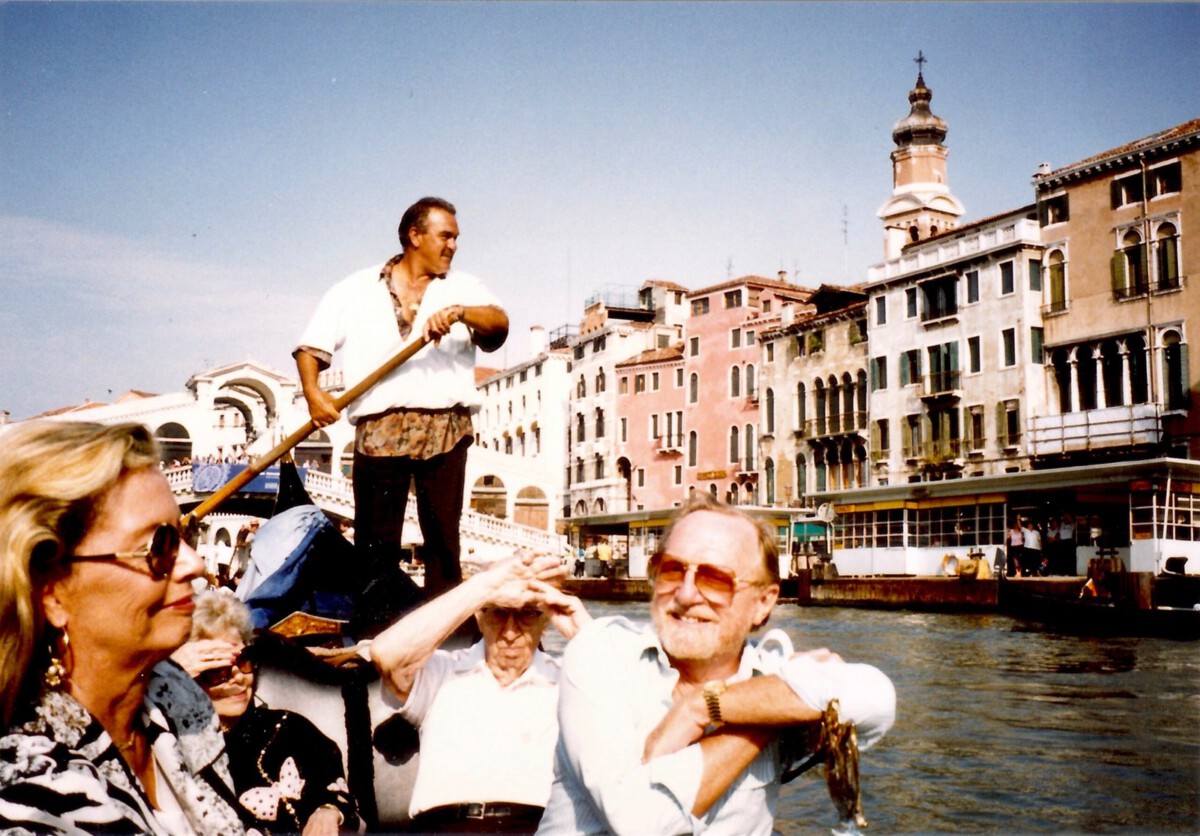The Overwhelming Numbers: Tourist Influx

Venice has found itself at the center of a global tourism storm, drawing in staggering numbers of visitors every year. In 2024, city officials estimate that about 25 million tourists will flood into Venice, a figure nearly one hundred times greater than the local population, which now sits at just 255,000. This crush of visitors is not a distant memory—the year before the pandemic, 2019, saw over 30 million people descending on the city’s narrow streets and historic squares. The impact is particularly visible during peak seasons, when the number of tourists can outnumber locals by nearly 10 to 1. Local transportation systems, such as vaporettos and water taxis, are frequently overwhelmed, resulting in delays and frustration for both residents and visitors. The sheer volume has led to overcrowding in iconic areas like St. Mark’s Square, often making daily life challenging for Venetians. Municipal authorities have publicly acknowledged that these numbers simply cannot continue without serious consequences for the city’s infrastructure and social fabric.
Environmental Impact: A Sinking City

The environmental toll of mass tourism in Venice is stark and increasingly difficult to ignore. The city is subsiding at an average rate of 1 to 2 millimeters per year, a process hastened by global sea level rise and the relentless pressure from millions of footsteps daily. Venice’s fragile lagoon ecosystem is under constant threat, as highlighted in a 2023 EU-funded report documenting increased erosion of stone walkways and canal banks. Heavy cruise ship traffic has historically added to the city’s woes, stirring up sediment and polluting the water with fuel residues and sewage. In response, Venice enacted a ban on large cruise ships entering the historic center starting in January 2024, a move authorities hope will reduce immediate environmental stress. The city has also invested in new tidal barriers, but officials warn that these measures are only part of the solution. The link between tourist numbers and environmental degradation is now a driving force behind new policy decisions.
Cultural Erosion: The Local Perspective

Venice’s residents have voiced mounting concerns about the erosion of their unique culture and way of life. A 2023 survey by the Venice Residents Association found that 78% of Venetians believe mass tourism has directly harmed their daily existence. Traditional shops and artisan workshops are being replaced by souvenir stands and fast-food outlets aimed at short-term visitors. Longtime residents complain that the city’s character is fading, with many daily rituals—such as shopping at local markets or enjoying quiet evenings in neighborhood squares—becoming impossible. In response, the city government has started offering incentives for local craftspeople to continue their trades and is promoting educational campaigns to encourage tourists to seek authentic experiences. The loss of community cohesion is a constant topic at local town halls, with many residents fearing that Venice could become little more than an “open-air museum” for outsiders.
Economic Considerations: Balancing Revenue and Quality of Life

Tourism remains a financial lifeline for Venice, generating an estimated €3 billion in revenue annually. However, city officials are increasingly aware of the hidden costs associated with this economic boon. Rising rents and the proliferation of short-term rentals have driven many locals out of the city center, hollowing out neighborhoods and making it difficult for essential workers to live in Venice. To address these issues, the city is set to introduce a tourist entry fee in 2024, targeting day-trippers who put the greatest strain on public resources. This entry fee is projected to raise around €30 million per year, earmarked for projects to repair infrastructure and promote sustainable tourism. Officials stress that the goal is not to deter visitors but to create a more balanced approach that prioritizes both economic health and livability for residents.
Regulatory Measures: New Policies in Place

Venice has begun rolling out a suite of new regulations aimed squarely at controlling the flow of tourists. In April 2024, the city implemented a reservation system for day visitors, requiring them to book their entry in advance and pay a nominal fee. This system allows authorities to cap daily arrivals and prevent overcrowding in sensitive areas. Additionally, there are now restrictions on group sizes for guided tours, with a maximum of 25 participants allowed per group, down from previous averages of 50 or more. The city is also working with travel agencies and online booking platforms to steer tourists toward less crowded locations and off-peak times. Fines for unauthorized tour groups and unruly behavior have been increased, sending a clear message that Venice is serious about enforcing its new rules. These policy changes are being closely monitored, with officials vowing to adjust them based on real-time data and feedback from residents.
Community Engagement: Involving Locals in Decision-Making

Venice’s approach to managing tourism now actively involves its own citizens in the decision-making process. Throughout 2023, the city council organized a series of public assemblies where locals could voice their concerns and propose solutions. This feedback has directly shaped the new tourism strategy, including the creation of a Tourism Advisory Board that includes residents, business owners, and city officials. The board meets monthly to review tourism data and recommend changes to city policy. Initiatives like “Adopt a Calle” (street) encourage residents to take responsibility for maintaining specific areas, fostering a renewed sense of pride and stewardship. Local schools are also involved, with educational programs teaching children about the challenges and importance of sustainable tourism. City officials credit this grassroots input with creating more effective and widely supported policies.
Sustainable Tourism Initiatives: Eco-Friendly Alternatives

Venice is rolling out several new sustainable tourism initiatives designed to attract visitors who value responsible travel. The city will launch its “Green Venice” campaign in mid-2024, which highlights eco-friendly experiences such as guided walking tours along lesser-known canals, bicycle excursions in the surrounding lagoon, and special incentives for using public transportation. Partnerships with local environmental groups are helping to develop educational materials for tourists, encouraging them to minimize waste and respect protected areas. Hotels and restaurants are being encouraged to adopt energy-saving measures and reduce single-use plastics. The city is also promoting longer stays rather than quick day trips, arguing that slower tourism is both more sustainable and more rewarding for the visitor. These efforts aim to position Venice as a model for responsible travel in fragile cultural destinations.
The Role of Technology: Smart Tourism Solutions

Technology is playing an increasingly vital role in Venice’s efforts to manage tourism more effectively. In 2024, the city will debut a new mobile app that provides real-time updates on crowd levels at major attractions, allowing visitors to avoid the busiest spots and choose alternative routes. The app will also include features such as digital tickets for museums, recommendations for off-the-beaten-path sites, and alerts about public transport schedules. Data collected through the app will be analyzed to help city planners anticipate surges in visitors and adjust services accordingly. Smart surveillance cameras and sensors have been installed in key areas to monitor pedestrian flows, giving officials an unprecedented level of insight into daily patterns. These technological tools are designed to make tourism more predictable and less disruptive for everyone involved.
Case Studies: Successful Models from Other Cities

Venice’s new strategy is informed by the experiences of other popular destinations that have faced similar challenges. In 2023, city officials visited Barcelona, where a cap on the number of tourist beds and stricter licensing for short-term rentals have helped slow the loss of local residents. Amsterdam’s initiatives include higher taxes on cruise ships and targeted campaigns to promote less-visited neighborhoods, both of which have inspired elements of Venice’s own plan. The city also consulted Dubrovnik, which introduced a cap on cruise ship arrivals and invested in preservation of its Old Town. These case studies have shown that strong regulation, community involvement, and a willingness to enforce unpopular measures can combine to successfully manage tourism’s impact. Venice’s leaders are determined to tailor these lessons to their city’s unique needs, blending innovation with tradition.
Future Outlook: A New Era for Venice

Venice’s efforts to curb mass tourism are already attracting international attention in 2025, with travel industry observers and environmental groups closely watching the impact of the new policies. Early data from the reservation system indicate a 10% reduction in peak-day visitors during the first months of implementation, easing pressure on public spaces and services. Local businesses report that while overall tourist numbers are slightly down, visitors are staying longer and spending more, which helps offset any loss in volume. City officials continue to gather feedback from residents and adjust strategies as needed, hoping to strike a lasting balance between preservation and prosperity. The next few years will be critical as Venice attempts to maintain its status as a world-class destination while safeguarding its fragile heritage for future generations.





